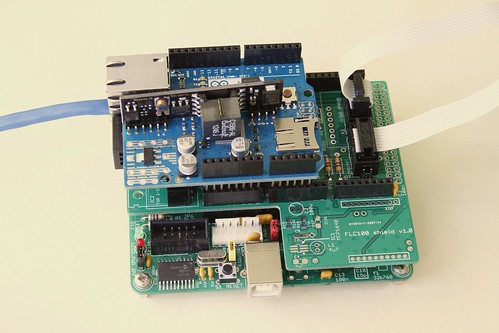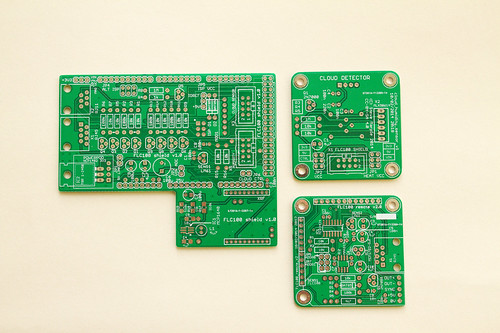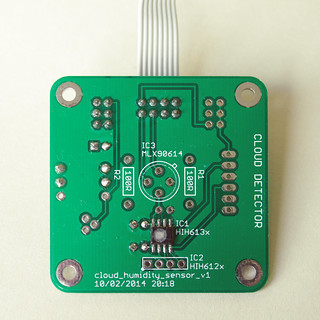 |
| Image © Barry Osborne 2017. Used with permission. |
This post uses the Raspberry Pi sense hat to display the AuroraWatch UK alert status. It assumes you already have Raspbian installed on a Raspberry Pi, networking configured and enabled, and the sense hat fitted to the Pi.
The current status level is easily obtained from the AuroraWatch UK API with a custom python module. First, ensure you have the necessary python modules installed from the Raspbian software archive:
sudo apt-get update
sudo apt-get install python-lxml python-requests python-six
Then install two custom python modules. We will install them into the user profile, so run these commands as the user pi:
pip install --user --no-deps atomiccreate
pip install --user --no-deps aurorawatchuk
Finally, download the python script which fetches the status and displays it on the sense hat (I used bit.ly to shorten the original GitHub URL):
wget https://bit.ly/awuk-status-on-sense-hat -O awuk_sense_hat.py
The AuroraWatch UK status can then be displayed on the sense hat with this simple command:
python awuk_sense_hat.py
The program will monitor the current status and set the LED colours to show the status level (green, yellow, amber or red). For more information about the AuroraWatch UK status level meaning and interpretation see http://aurorawatch.lancs.ac.uk/alerts/. If you don't have a sense hat (I don't) it is even possible to try this with the sense hat emulator.
Credits
The geomagnetic activity status is courtesy of AuroraWatch UK and uses data from the SAMNET and AuroraWatchNet magnetometers.See also the AuroraWatch UK conditions of use for the API.Thanks to Barry Osborne for testing the software with a real Raspberry Pi sense hat, and for providing the photograph.








